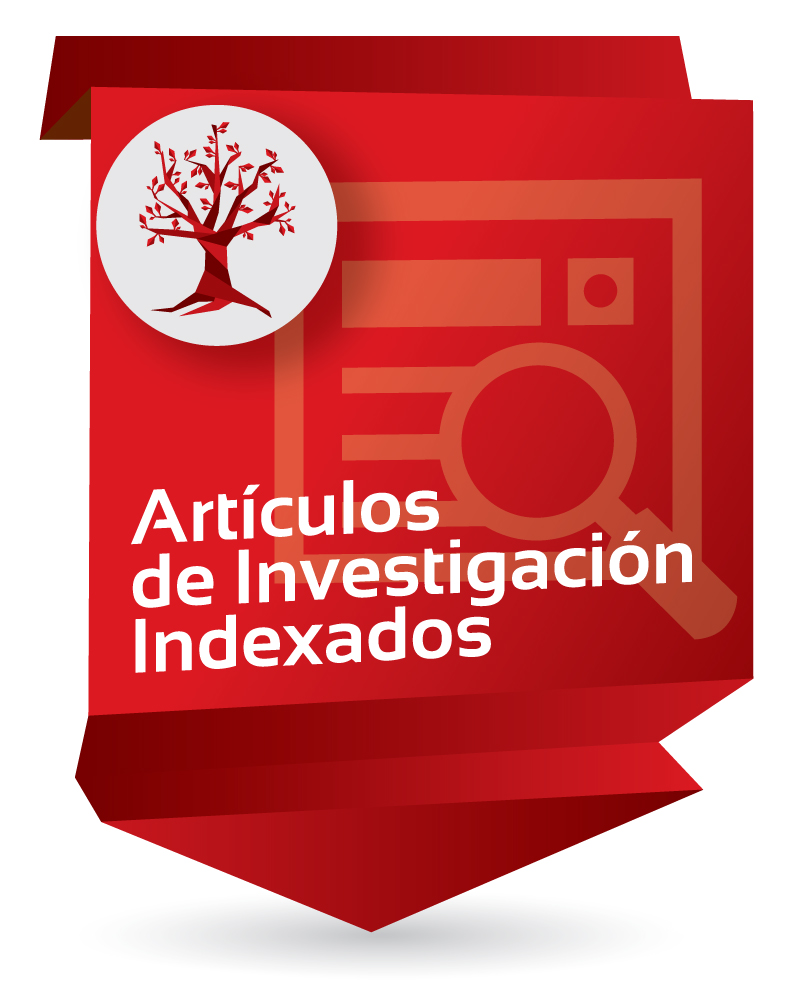Urban structure to determine equitable city growth for spatial justice: A case study of Chía-Bogotá, Colombia

Item Links
URI: http://hdl.handle.net/10818/61969Visitar enlace: https://www.scopus.com/inward/ ...
ISSN: 26670917
DOI: 10.1016/j.urbmob.2024.100080
Compartir
Statistics
View Usage StatisticsBibliographic cataloging
Show full item recordDate
2024Abstract
The evolution of land use occupancy in various cities worldwide is swift. Land-use planning processes are still recent in most Latin American countries with significant socio-spatial inequalities. Due to rapid urban growth and real estate pressure, peri-urban areas of metropolises become susceptible to economic interests that can disrupt land use and municipal planning. Therefore, considering spatial justice, it is crucial to analyse possible future urban scenarios regarding socio-economic activities and their spatial distributions. This research seeks to define optimal locations and suitable urban growth areas, ensuring socio-spatial equity and justice. The study area is the municipality of Chia, on the outskirts of the metropolis of Bogota, Colombia, where the research proposes an analysis of urban morphology and the (social) intensity of activities and infrastructure. As a methodology, space syntax and the distribution of residential and non-residential activity data are applied through a predictive model. The study concludes that future mitigation of urban inequalities based on land use will be difficult to achieve owing to the location of urban sprawl areas. © 2024
Ubication
Journal of Urban Mobility Vol. 5 N° art. 100080
Collections to which it belong
- Facultad de Ingeniería [580]

















